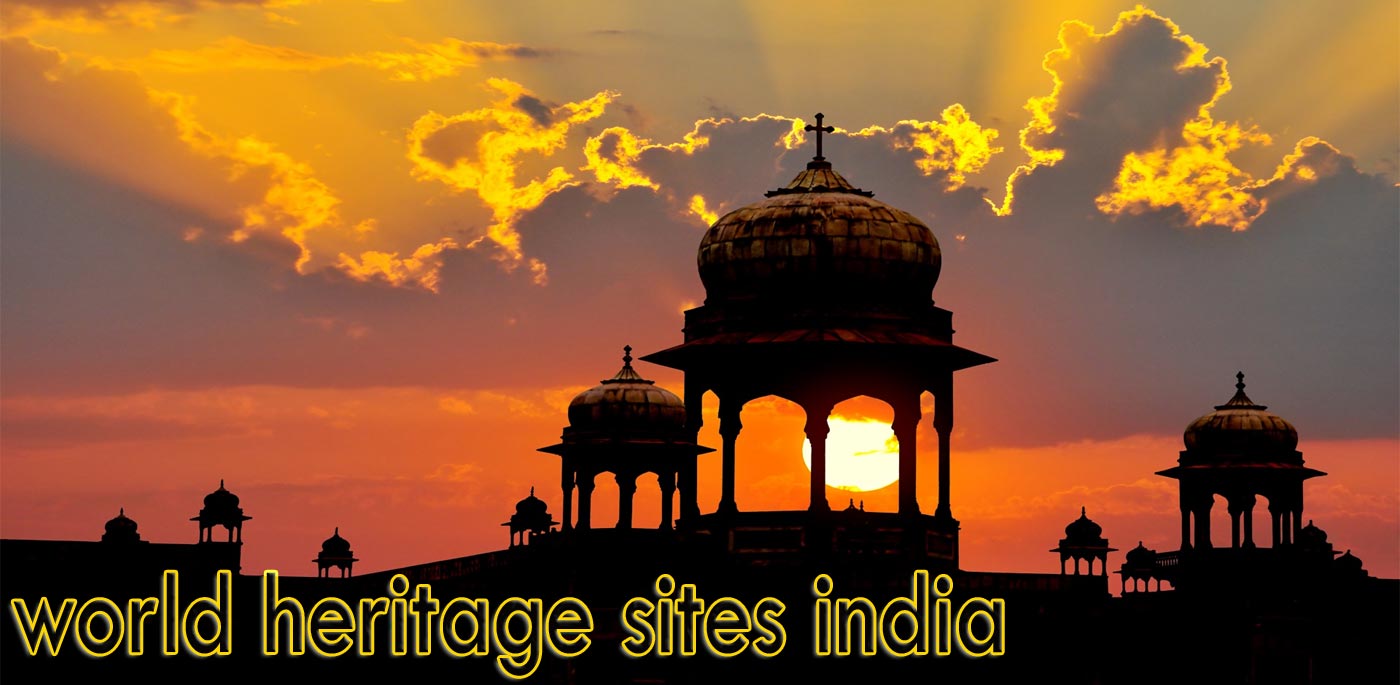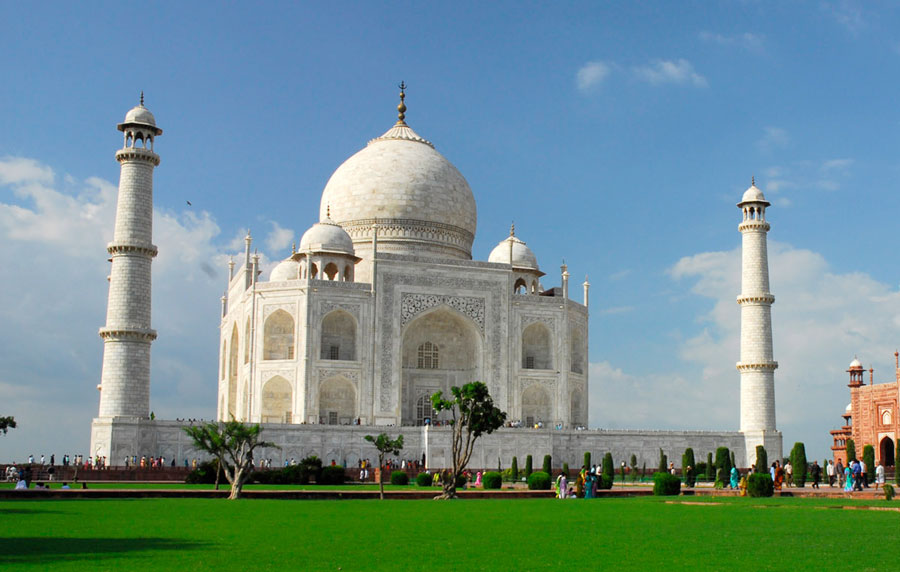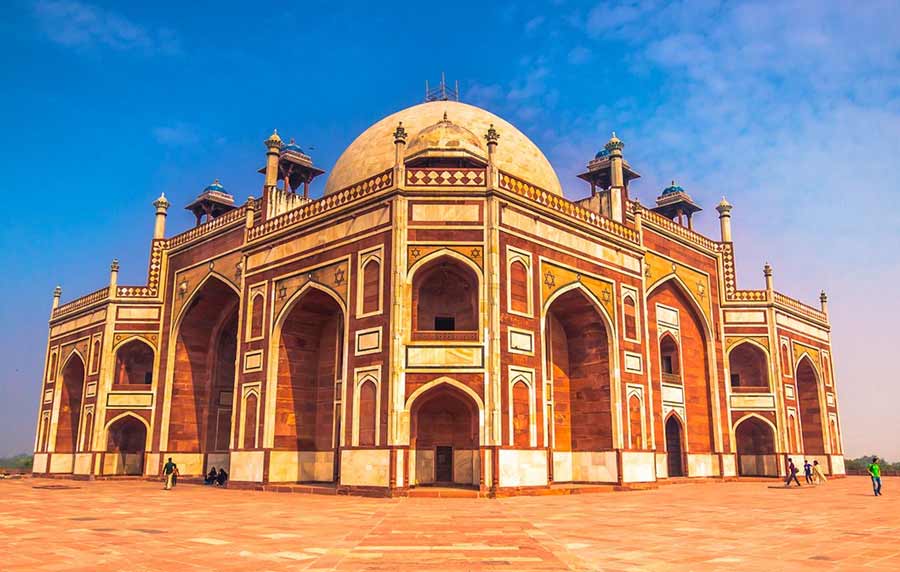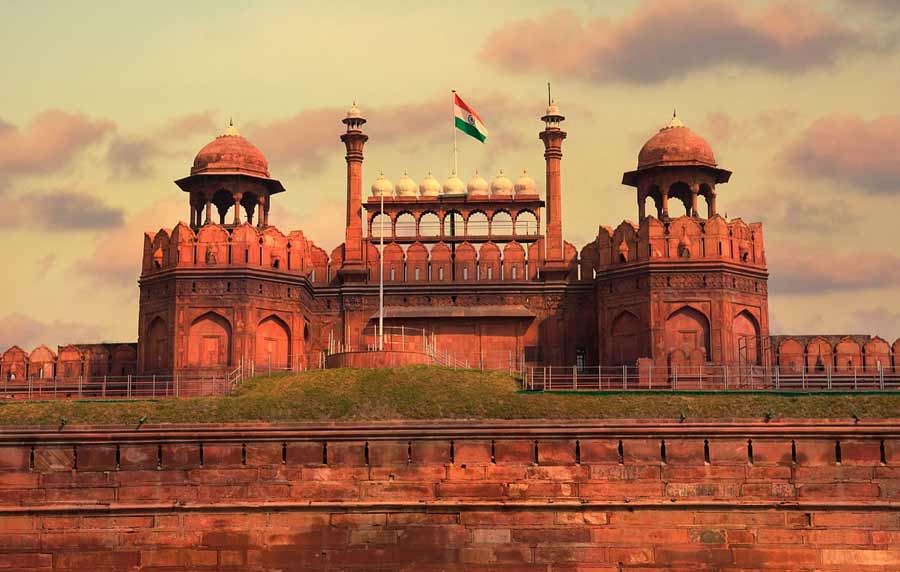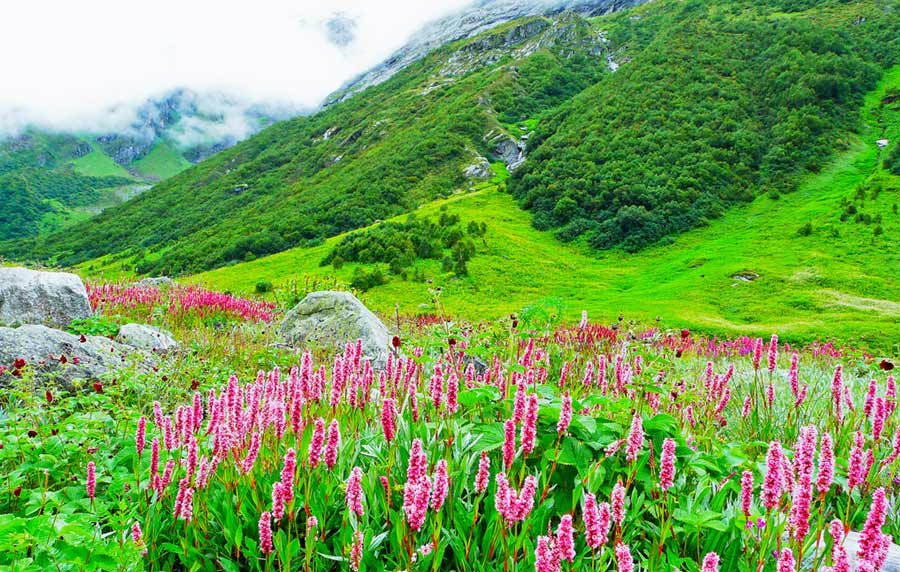Red Fort Complex
The Red Fort Complex was built as the palace fort of Shahjahanabad – the new capital of the fifth Mughal Emperor of India, Shah Jahan. Named for its massive enclosing walls of red sandstone, it is adjacent to an older fort, the Salimgarh, built by Islam Shah Suri in 1546, with which it forms the Red Fort Complex. The private apartments consist of a row of pavilions connected by a continuous water channel, known as the Nahr-i-Behisht (Stream of Paradise). The Red Fort is considered to represent the zenith of Mughal creativity which, under the Shah Jahan, was brought to a new level of refinement. The planning of the palace is based on Islamic prototypes, but each pavilion reveals architectural elements typical of Mughal building, reflecting a fusion of Persian, Timurid and Hindu traditions The Red Fort’s innovative planning and architectural style, including the garden design, strongly influenced later buildings and gardens in Rajasthan, Delhi, Agra and further afield.
Overview
The Red Fort Complex is one of the cultural UNESCO World Heritage Sites in India. This military fortification site was inscribed into the UNESCO list in 2007. This cultural UNESCO site is of cultural significance to India because it is symbolic of how the Mughal architecture flourished. At the same time, the complex is the best example of how the Islamic, Persian, Hindu, and Timurid traditions are combined as one.
The Red Fort Complex was constructed in the mid-17th century. It served as the symbol of power for Emperor Shahjahan. It is categorized by UNESCO as a secular structure and military fortification.
About the Red Fort Complex
The Red Fort Complex is a historic fort located within the city of Delhi in India. It served as the main residence for all the Emperors that ruled during the Mughal dynasty. The dynasty ruled for 200 years, which ended in 1857. The fort is located within the heart of Delhi. It is also home to several museums.
Aside from serving as residence to the emperors in India, the Red Fort Complex became the political and ceremonial center of the Mughal state. There were several important events held here that impacted the rest of the region.
It was the 5th Mughal Emperor, Shah Jahan, who commissioned for this complex to be built in 1639. It served as his palace during his reign. The name of the fort was derived from the massive walls made of red sandstone. The imperial residence consisted of numerous rows of pavilions that are connected to each other via a water channel. The fort complex was believed to be the center of Mughal creativity during the rule of Shah Jahan. The entire palace followed the Islamic prototype in terms of architecture; however, each of the pavilions had unique architectural elements that represent a fusion with other traditions such as Persian and Timurid.
UNESCO World Heritage Sites India
The United Nations Educational, Scientific and Cultural Organization (UNESCO) World Heritage Sites are important places of cultural or natural heritage as described in the UNESCO World Heritage Convention, established in 1972. There are 37 World Heritage Sites located in India. These include 29 cultural sites, seven natural sites and one mixed site. India has the sixth largest number of sites in the world. Recently, Orchha is enlisted in the tentative list of UNESCO. The Seventh Wonder of the World and a UNESCO World Heritage Site, Taj Mahal is not merely a site that brings us to the pages of history; it is an epitome of true love, brilliant architecture and artistic precision. The white-marble mausoleum was commissioned by Shah Jahan for his wife, Mumta Mahal, way back in 1632. And to complete the masterpiece it took about 22 years and as much as 20,000 artisans.
 +91 9799050299
+91 9799050299 

